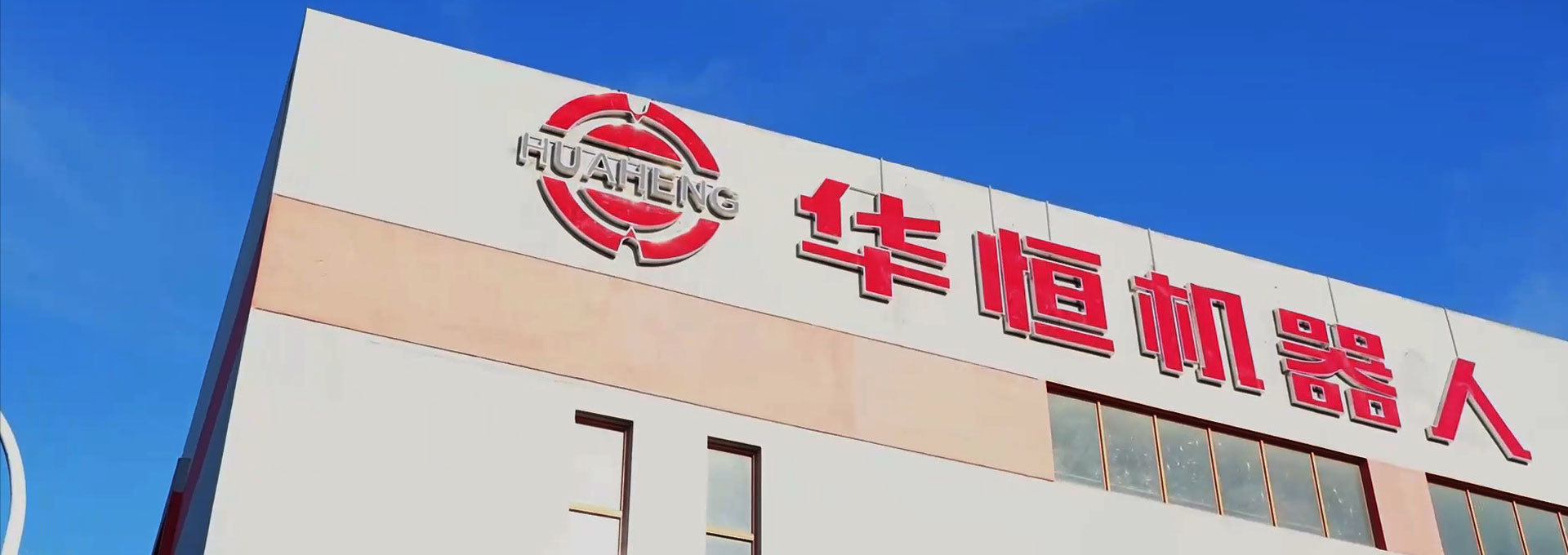Demystifying the Robot Flexible Production Line: Your Questions Answered
Release time:
2025-05-10
Introduction: Enter the Future of Manufacturing
Hey there, future thinkers! If you're even casually interested in manufacturing trends, you might've heard the buzz about the robot flexible production line. This tech marvel isn’t just a buzzword; it’s a game-changer that’s reshaping how companies operate. But, what exactly does it entail? Let’s dive in and unravel the common questions surrounding this innovative solution!
What Is a Robot Flexible Production Line?
Alright, let’s break it down. A robot flexible production line is essentially a manufacturing setup where robots can be programmed and reconfigured to handle multiple tasks. It’s like having a Swiss Army knife in your factory! Instead of relying on fixed machinery, companies can adapt their production processes on the fly, making it easier to switch between products or scale up production as needed.
Why Should Companies Consider It?
Now, you might be wondering, 'What’s in it for me?' Well, let me tell you! The flexibility of this system means businesses can respond quickly to market demands, reduce downtime, and cut costs. Plus, it enhances productivity and efficiency—talk about a win-win! Imagine being able to pivot your production line to meet customer preferences without a hefty price tag!
How Does It Work?
Great question! The robot flexible production line utilizes advanced robotics, AI, and machine learning. These robots are equipped with sensors and cameras, allowing them to make real-time decisions based on their environment. They can pick, place, and assemble products with incredible precision. With programming, they can be easily taught new tasks, making them incredibly versatile—like a chameleon in a factory!
What Are the Key Benefits?
Let’s not beat around the bush—here are some of the standout benefits:
- Increased Flexibility: Adjust your production lines without major overhauls.
- Cost Efficiency: Save on labor and reduce waste.
- Improved Quality: Robots minimize human error, leading to better products.
- Scalability: Easily ramp up production for high-demand periods.
Are There Any Drawbacks?
Of course, nothing is perfect! While robot flexible production lines offer numerous advantages, there are some challenges to consider. Initial setup costs can be high, and integrating these systems with existing processes might require some tweaking. Not to mention, there’s the ever-present concern about job displacement. But many experts argue that these systems will create new job opportunities focused on tech management and repair.
How Do I Get Started?
So, you’re sold on the idea—what’s next? First, assess your current production line. Identify bottlenecks and areas for improvement. Then, reach out to vendors who specialize in robotic solutions. They can offer demos and help you tailor a plan to fit your needs. Don’t be shy; ask plenty of questions!
Conclusion: Embrace the Change!
In a nutshell, the robot flexible production line is the way of the future. It’s not just about keeping up with the competition; it’s about leading the charge into a new era of manufacturing. So, roll up those sleeves, dust off that old production line, and consider taking the plunge into robotic innovation. Who knows? You might just find yourself at the forefront of industry change!
Until next time, keep questioning and exploring. The future is bright!
Latest News
Xuzhou Huaheng Robotics Co., Ltd.
Phone: 0086-516-66882288
Kunshan Huaheng Robotics Co., Ltd.
Phone: 0086-512-87880678

Focus on Robot Division

Huaheng mobile phone terminal

Huaheng Company Public Number
Copyright © 2024 Xuzhou Huaheng Robotics Co., Ltd. All Rights Reserved


